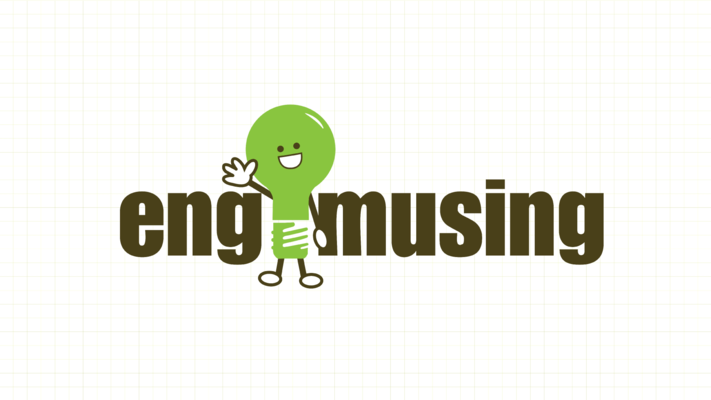News
Symbol based modules
Posted by Joe George at
The process of designing a board involves three steps. First, a schematic symbol and PCB footprint are designed for each part that is to be used. Second, a schematic is drawn which includes each of the symbols and how they are connected together. Third, the board is designed with the each of the footprints placed and the connections routed. Each of these steps has an associated file type. The schematic symbols and PCB footprints are contained in one or more library files (.lbr). The schematic is a single file (.sch) consisting of one or more sheets. And finally the actual...
Computer Aided Design (CAD) and Modules
Posted by Joe George at
CAD systems for PCB layout started to become generally available in the late 1970's although they were quite expensive. All the CAD systems were proprietary and the vendors kept them closed so they could lock customers in. Once you had some designs created on a particular vendors system you needed the software as long as you maintained the product. The systems also had a very steep learning curve. This made it very expensive to change to another vendor unless the price was much lower. This hasn't changed for the majority of the proprietary systems that are in use today. There...
First Modules
Posted by Joe George at
At my second job out of school, I worked for Xylogics designing disk controllers. Now days a disk controller is a single chip in its biggest form (raid controller, etc.) and generally a small piece of a SOC or I/O controller. When I started at Xylogics it was to work on a single board disk controller. At the time the companies revenue came from a disk controller for DEC PDP-11 computers that required 4 boards in their own backplane. The first product I designed was a controller for QBus designed on a single board that was 1/3 the size of...
Welcome to Engimusing!
Posted by Joe George at
I am an electrical engineer with more years of experience than I like to think about. During the first years of an engineering career one is always aware of how many years of experience one has. The job ads that sound really exciting always seem to ask for a few more years of experience than you have. Eventually this changes and none of the ads ask for more experience than you have. What is a seasoned engineer to do? Well some go into management and become pointy haired bosses. Others opt for a complete career change and sell real estate...
